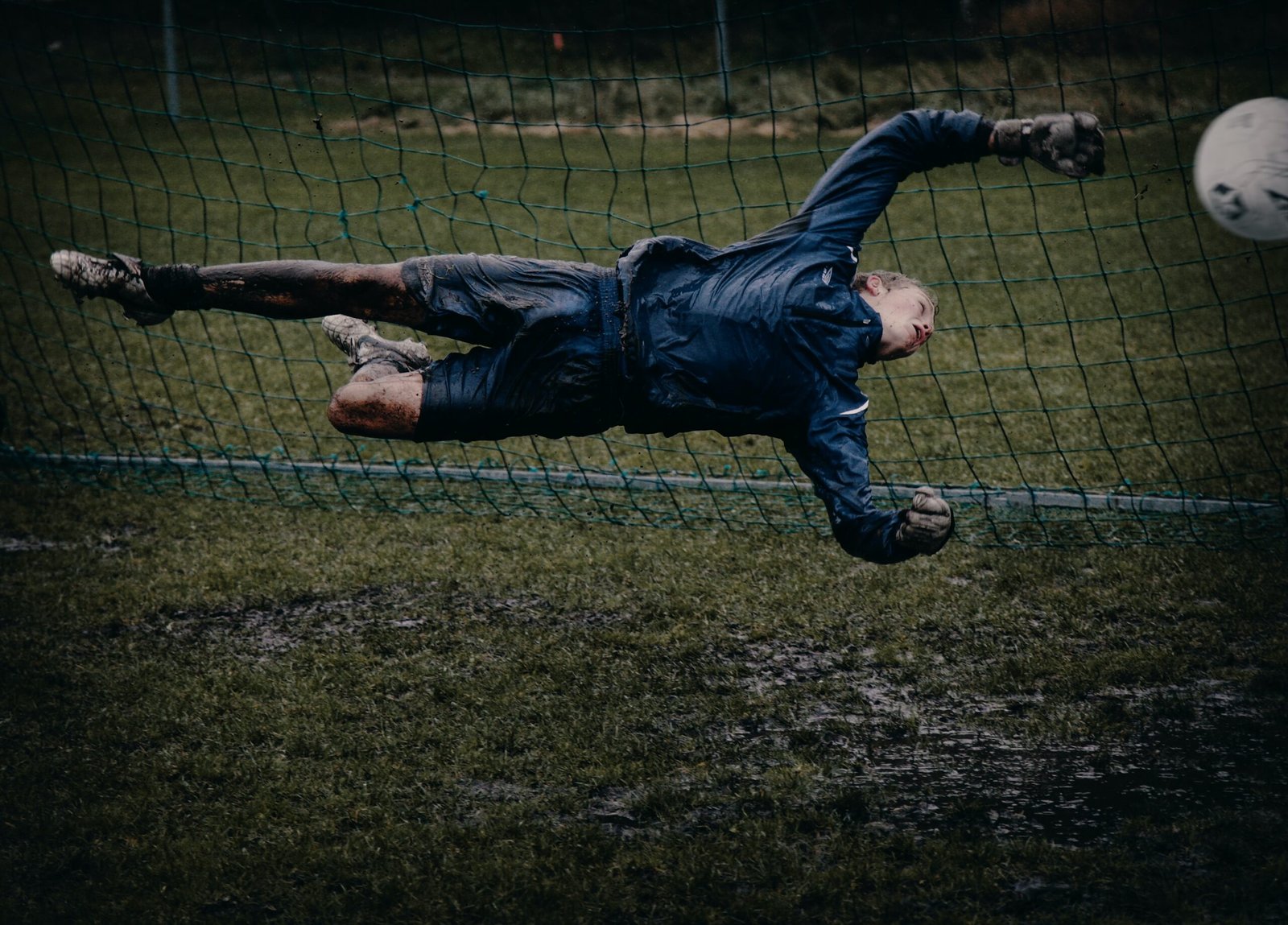Introduction
Goalkeeping is a crucial position in youth soccer, and it requires specific skills and drills to develop the necessary techniques and reflexes. In this article, we will explore seven effective goalie drills for youth soccer players to enhance their performance between the posts.
1. Footwork and Agility
Good footwork and agility are essential for goalkeepers to quickly move across the goal line and make saves. Set up a series of cones or markers and have the goalkeeper move laterally, forwards, and backwards around them. This drill will improve their speed, balance, and coordination.
2. Diving Saves
Diving saves are a fundamental skill for goalkeepers. Set up a shooting drill where players take shots from various angles and distances. The goalkeeper should focus on diving and making saves using proper technique, such as extending their arms and getting their body behind the ball.
3. Reaction Saves
Goalkeepers need to react quickly to shots and make split-second decisions. Use a reaction ball or have a coach or teammate randomly throw balls towards the goal. The goalkeeper must react and make saves using their reflexes and positioning.
4. Distribution and Passing – goalkeeper drills
Goalkeepers are not just shot-stoppers; they also play a vital role in distributing the ball and initiating attacks. Set up passing drills where the goalkeeper practices throwing or kicking the ball accurately to teammates. This drill will improve their distribution skills and decision-making under pressure.
5. Crosses and High Balls
Dealing with crosses and high balls is a challenging aspect of goalkeeping. Set up a drill where players deliver crosses into the box, and the goalkeeper must come off their line and claim the ball confidently. This drill will help improve their timing, positioning, and ability to command their penalty area.
6. One-on-One Situations
One-on-one situations can be intimidating for goalkeepers, but they are also opportunities to make crucial saves. Set up a drill where an attacker faces the goalkeeper in a one-on-one scenario. The goalkeeper must stay composed, narrow the angle, and make a save using their positioning and shot-stopping abilities.
7. Communication and Organizing
Goalkeepers are the eyes and ears of the defense, and effective communication is vital. Set up a small-sided game or scrimmage and encourage the goalkeeper to communicate with their defenders, organizing the backline and providing instructions. This drill will enhance their leadership skills and ability to command the defense.
Conclusion
These seven goalie drills for youth soccer players are designed to improve their skills and performance between the posts.
By focusing on footwork, diving saves, reaction saves, distribution, dealing with crosses, one-on-one situations, and communication, young goalkeepers can develop the necessary techniques and confidence to excel in their position.
Regular practice and repetition of these drills will help them become more proficient and effective goalkeepers.
